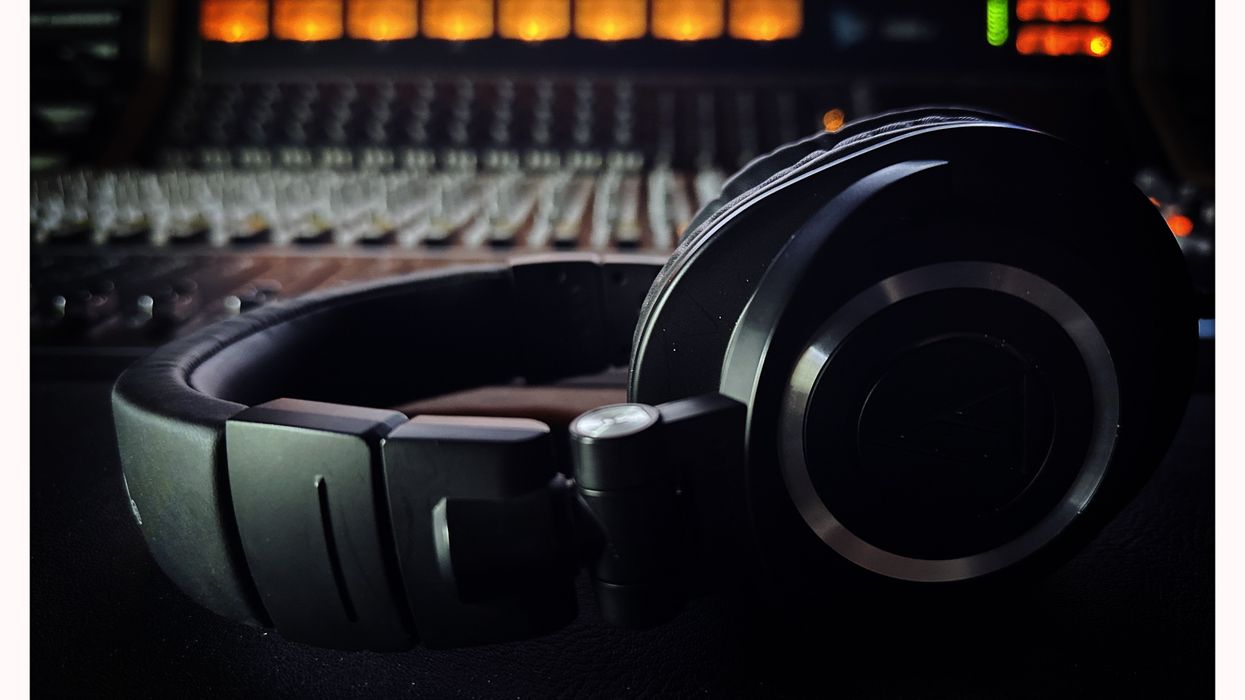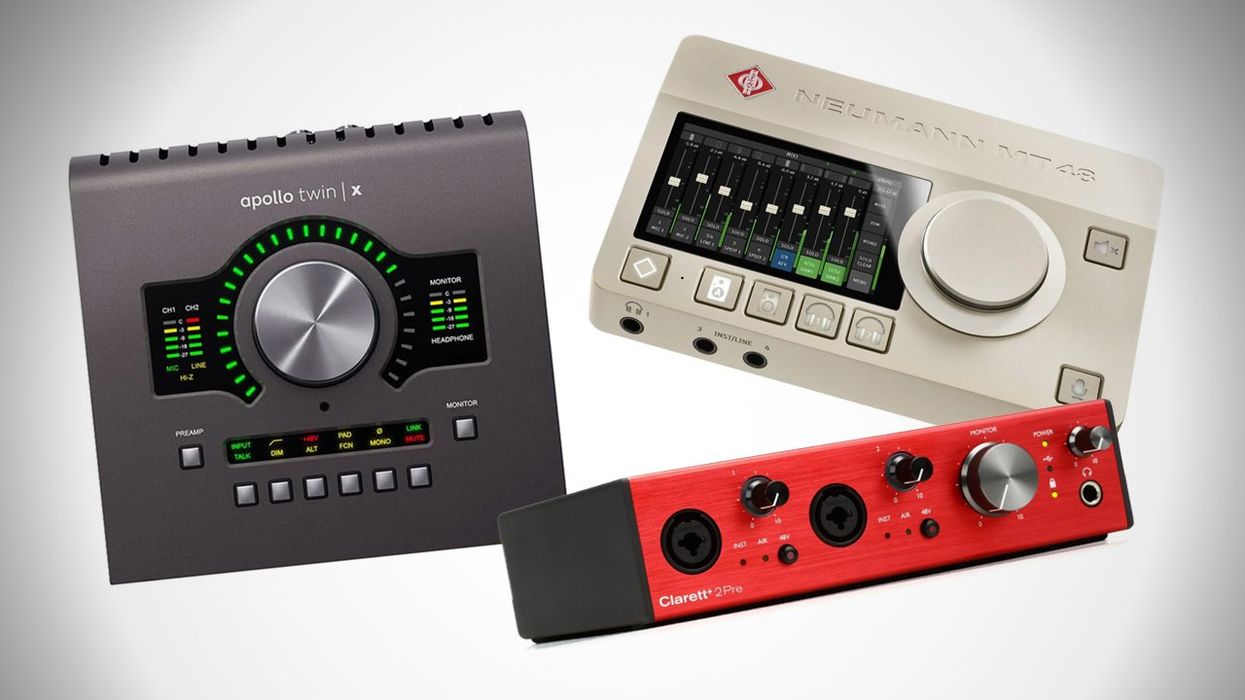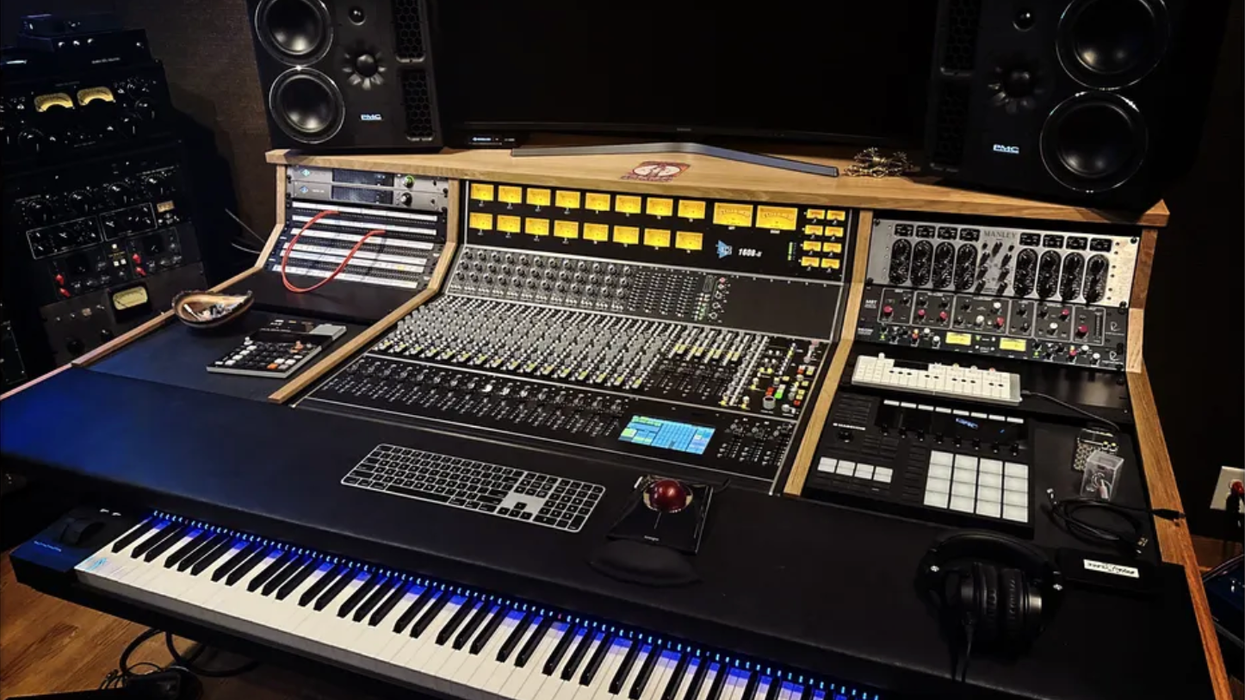Years ago, while on a meditation retreat in the mountains of Ojai, California, I was reflecting on one of my favorite sayings by Shunryu Suzuki (from his book Zen Mind, Beginner’s Mind): “In the beginner’s mind there are many possibilities, but in the expert’s there are few.” It was early in the morning, and as the soft blue light of dawn broke over the snow-dusted mountain tops, I had the profound realization of just how narrowly I was choosing to live my life because of my habits and how I was continually and slavishly refining them through my actions. I allowed myself to imagine and feel what life would be like if I let go of ingrained beliefs, and stood squarely in the warm, bright light of new possibilities.
I’d like to invite you to journey with me by exploring the importance of challenging your musical habits and see how to set the stage for inspiration, breakthroughs, and happy accidents.
Before stompboxes were common, there was no need for effects loops in amps. All effects (wahs, fuzzes, phasers, flangers, delays, reverbs) occurred before the amp, sometimes producing gloriously messy results.
There’s no better place to start than by focusing on effects (overdrives, delays, reverbs, wahs, tremolos, etc.) and the order in which they are arranged. Regardless of whether they reside on the floor, in racks, or inside your DAW, let’s shake things up, break our own rules, and see what remains of our old views. I believe this is how we truly gain wisdom. The Dojo is now open.
Look at your pedalboard. Most likely you have a wah, overdrives or other fuzz/distortions, and then effects like chorus, phaser/flanger, followed by a delay, and finally a reverb. If you’re using a multi-effects unit, like a Line 6 HX ($649 street) or similar, you have multiples of all these categories to choose from and the added flexibility to rearrange the signal flow without the hassle of unplugging and moving pedals around on your pedalboard. The options are even greater if you’re using a DAW and plug-ins.
When playing through Fender Princeton/Vibrolux-type combo amps that have both tremolo and reverb functions [Photo 1], the reverb will sound like it is last in the signal chain, although tremolo is actually last. Using real or virtual pedals to experiment, we can evoke that sound and add tremolo after our reverb.
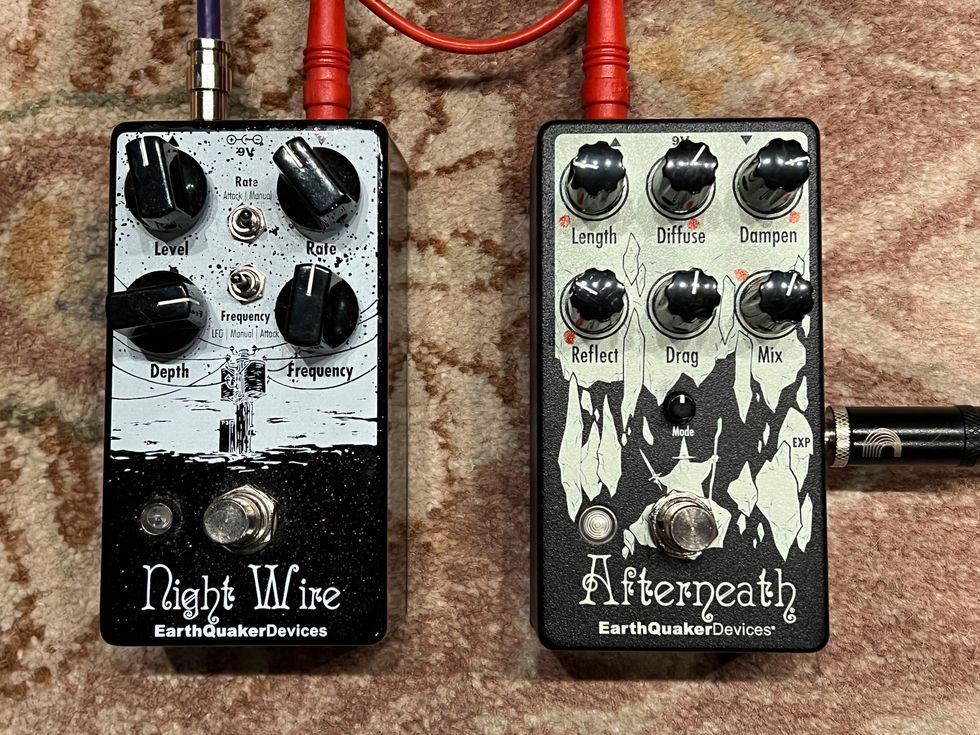
Photo 2
On my end, I’m using EarthQuaker Devices’ Night Wire, a harmonic tremolo ($199 street), and their Afterneath reverb ($199 street) [Photo 2]. Place your tremolo effect after the reverb, grab your guitar and listen to the difference versus an amp. I love the way this sounds. It’s super vintage, retro, and lo-fi. If you have the ability to change the wave shape of the tremolo from sine to triangle or square, do that and keep playing. Record your experiments so you can note how things change without the distraction of a guitar in your hands.
Next, add a delay to the chain before the tremolo. Experiment with adjusting delay times manually, or, if available, use your tap tempo switch and dial up eighth, dotted-eighth, quarter notes, and subdivisions. You can also get some great textures by altering the wet/dry mix and adjusting the feedback as well. Depending on your delay, you might also have multiple types to choose from: maybe an old tape-delay setting (with lots of wow and flutter), or a bucket brigade, or even a reverse delay. Feeling creative yet? And remember, all of this applies to the virtual world of DAWs as well.
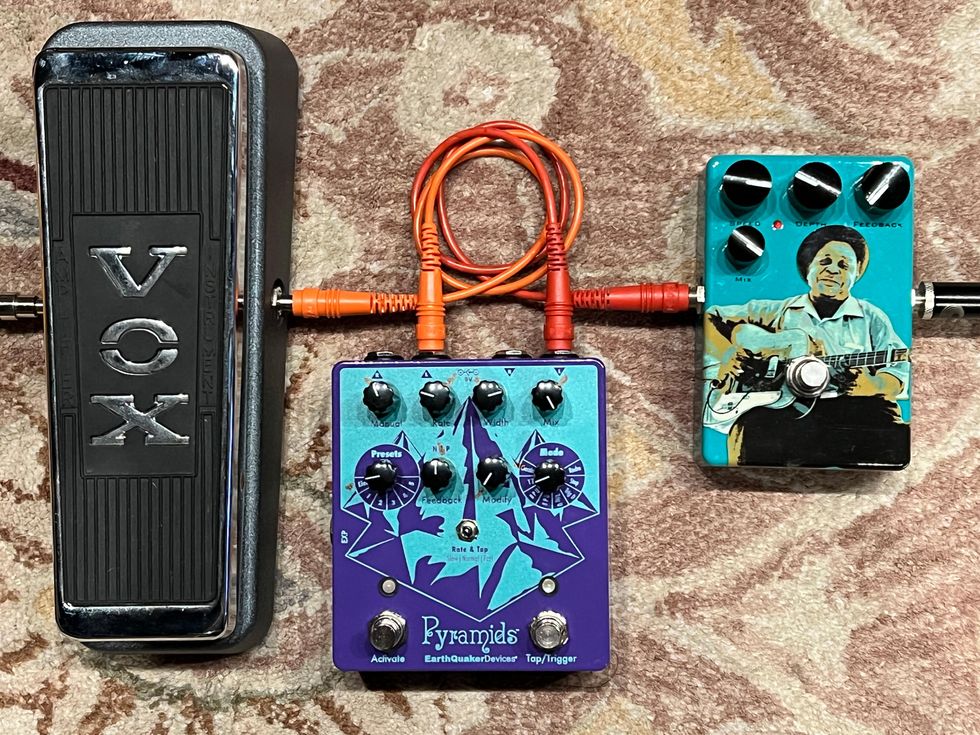
Photo 3
Here’s another one to try, and, again, it has vintage roots. Before stompboxes were common, there was no need for effects loops in amps. All effects (wahs, fuzzes, phasers, flangers, delays, reverbs) occurred before the amp, sometimes producing gloriously messy results. You can pay homage to this era and add a new twist by connecting a phaser followed immediately by a flanger. For this, I’m using Big Joe’s Phaser ($159 street) going into Earthquaker Devices’ Pyramids flanger ($299 street) [Photo. 3].
I like to adjust the rate, feedback, and depth settings on each unit with oppositional values relative to each other. For example, on the phaser I’ve set a fast rate, low depth and feedback, and 100 percent wet mix. I’ve inverted those values on the flanger with a slow rate, heavy depth, above average feedback, and 100 percent wet mix. I encourage you to spend a lot of time tweaking these parameters, as there are plenty of possibilities. Just be mindful of your feedback values since you have one unit cascading into the next. Finally, to bring a little danger to the equation, add a wah pedal. Hit record and then listen to how things change.
Most importantly, have fun and give yourself permission to make some crazy sounds! Next time I will explore adding this approach to groups of instruments, like synths, guitars, and drums, and entire sections of a mix. Until then, keep striving for your beginner’s mind and break your own rules. Namaste.


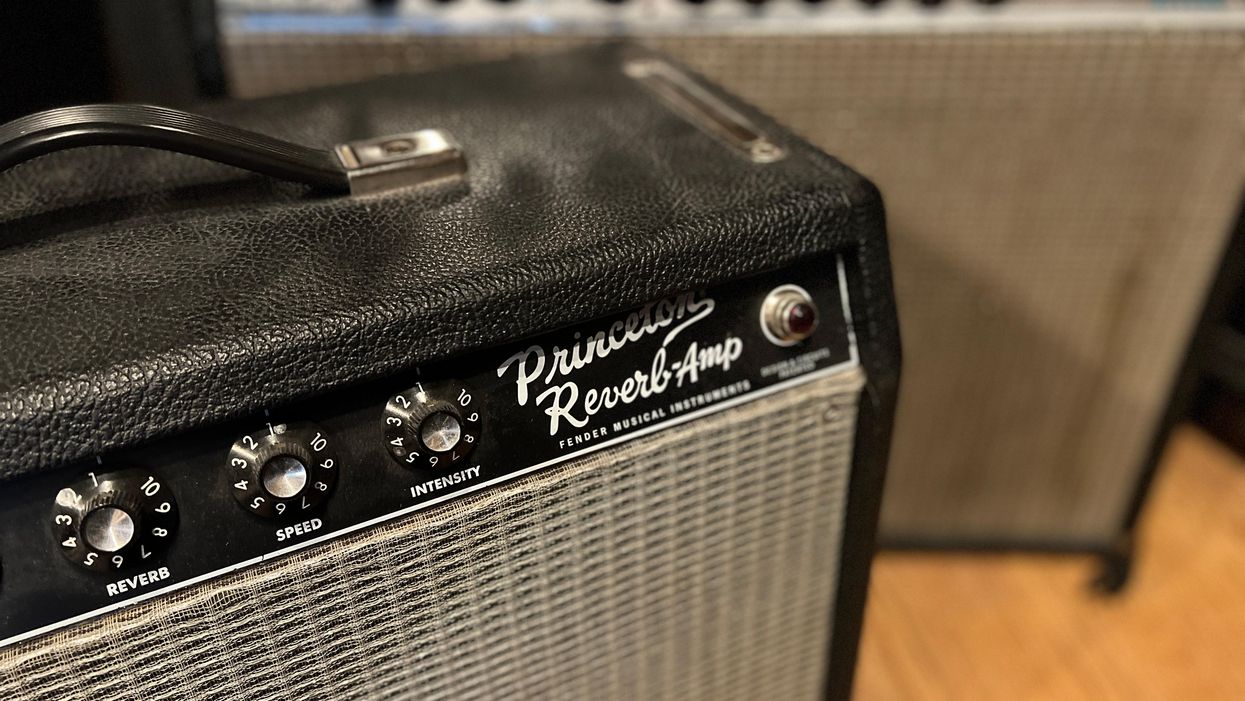

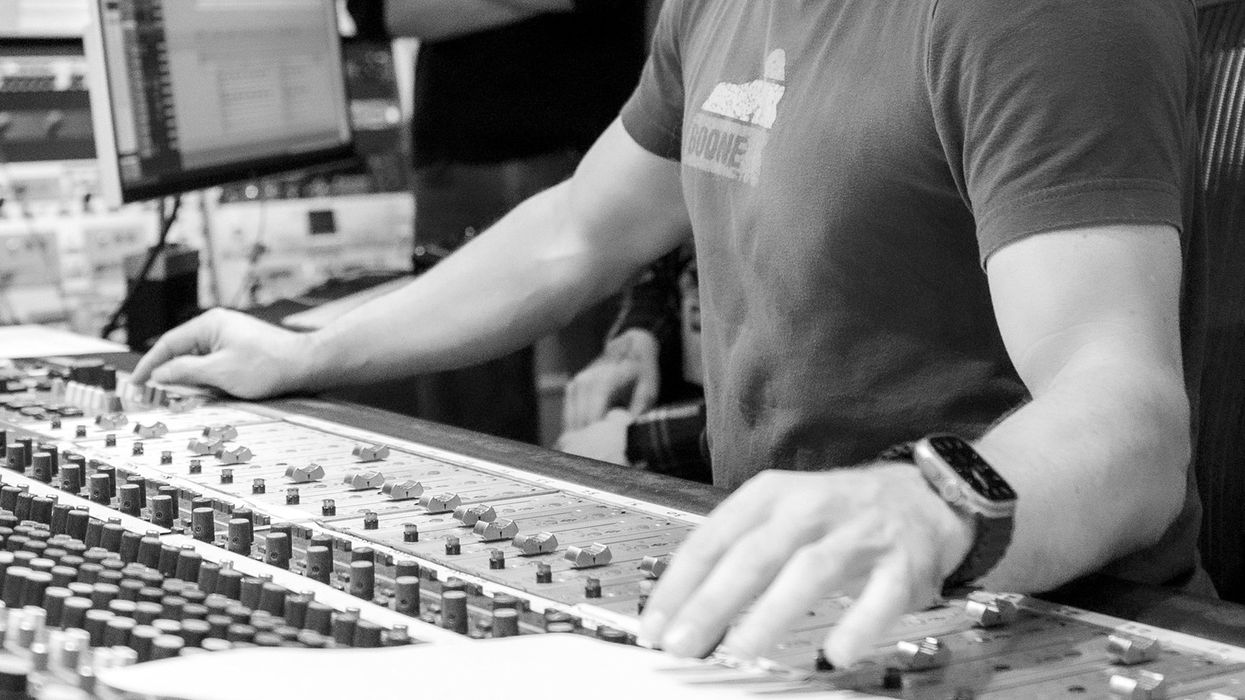
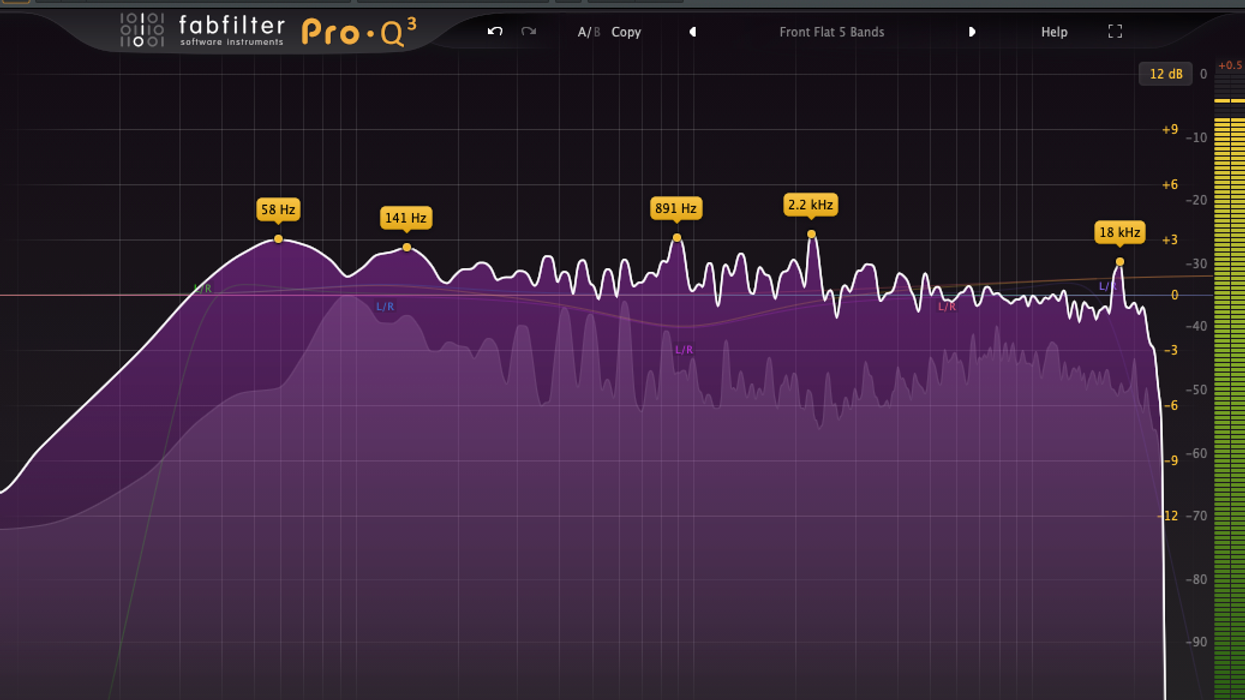
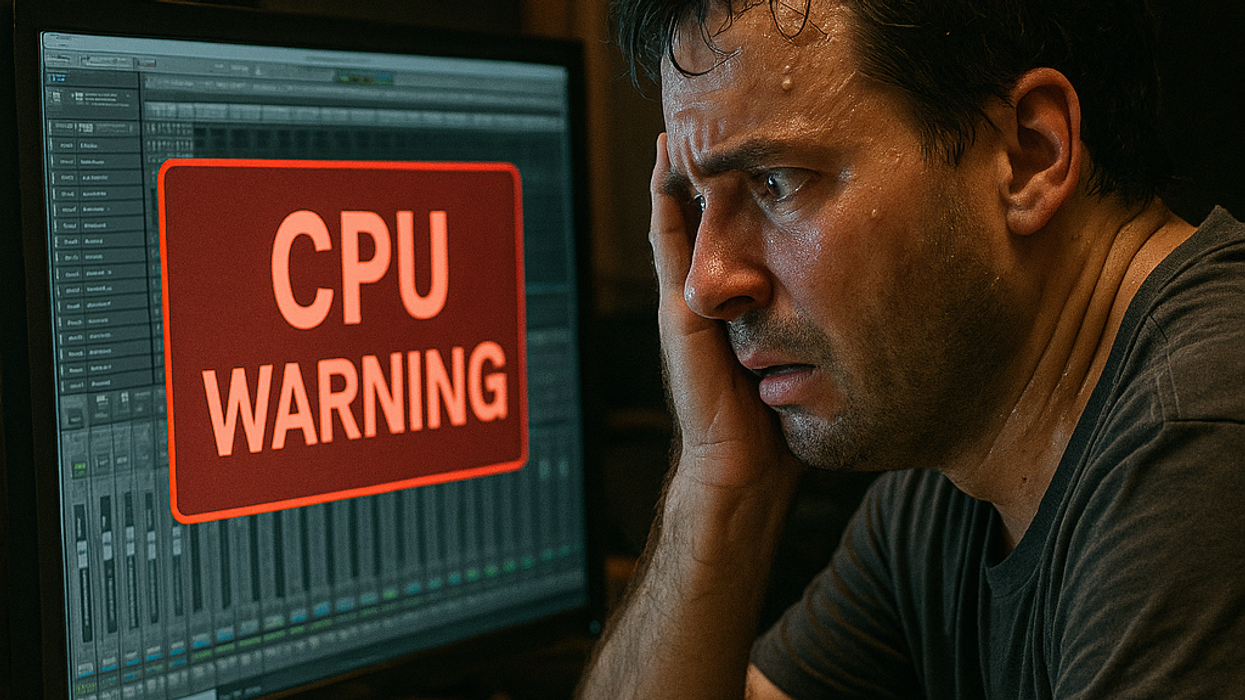


![Rig Rundown: Russian Circles’ Mike Sullivan [2025]](https://www.premierguitar.com/media-library/youtube.jpg?id=62303631&width=1245&height=700&quality=70&coordinates=0%2C0%2C0%2C0)



